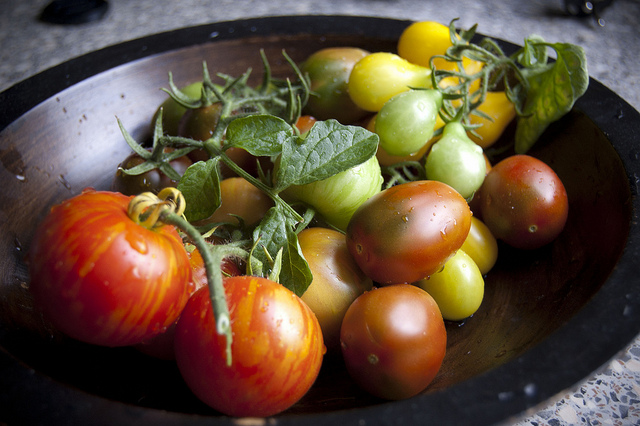 Breast cancer is the second most common cancer among American women, after skin cancer. A sobering stat: 1 in 8 women in America (12%) will develop invasive breast cancer during their lifetime. While no one is “safe” from this disease, it affects some demographics more than others, and postmenopausal women are particularly cautioned against it. A new study by researchers at Rutgers University reveals that this very common vegetable can reduce the risk of breast cancer in postmenopausal women. Can you guess what it is?
Breast cancer is the second most common cancer among American women, after skin cancer. A sobering stat: 1 in 8 women in America (12%) will develop invasive breast cancer during their lifetime. While no one is “safe” from this disease, it affects some demographics more than others, and postmenopausal women are particularly cautioned against it. A new study by researchers at Rutgers University reveals that this very common vegetable can reduce the risk of breast cancer in postmenopausal women. Can you guess what it is?
Yes, this ho-hum (unless just in season) vegetable (fruit!) is the cancer-preventing superstar. The study involved 70 postmenopausal women who consumed at least 25 milligrams of lycopene a day through tomato products for 10 weeks. They also did a separate 10-week period when they consumed at least 40g of soy protein a day. The researchers measured the level of adiponectin, a hormone that regulates blood sugar and fat levels, in order to determine the risk of cancers. It turns out, participants’ adiponectin levels increased by 9% when they were eating a tomato-rich diet–but dropped slightly when they were on a soy-rich diet. This runs counter to previous findings that a soy-rich diet reduces breast cancer risks in Chinese women, and led the researchers to conclude that any benefits from soy might be limited to certain ethnic populations.
Here’s how you can make the most of the benefits of lycopene to protect yourself against breast cancer.
1. Eat tomato, tomato sauce, tomato paste, watermelon, red bell peppers, red carrots, and papayas: Although the study focused on tomato and tomato products, lycopene can be found in many red-colored foods. Eat up!
2. Maintain healthy weight: The study also showed that adiponectin levels increased less for women who were overweight, meaning the good phytochemicals will make less of a difference.
More Health News: Get Enough of THIS Brain Food to Stay Sharp
Best Mood Boosting Foods for Happiness and Calm
Distracted? Unfocused? You might be deficient in these 3 things
6 Surprising Benefits of Leafy Greens
__
Photo: Topeka Library via Flickr; Mia Holte via Flickr





